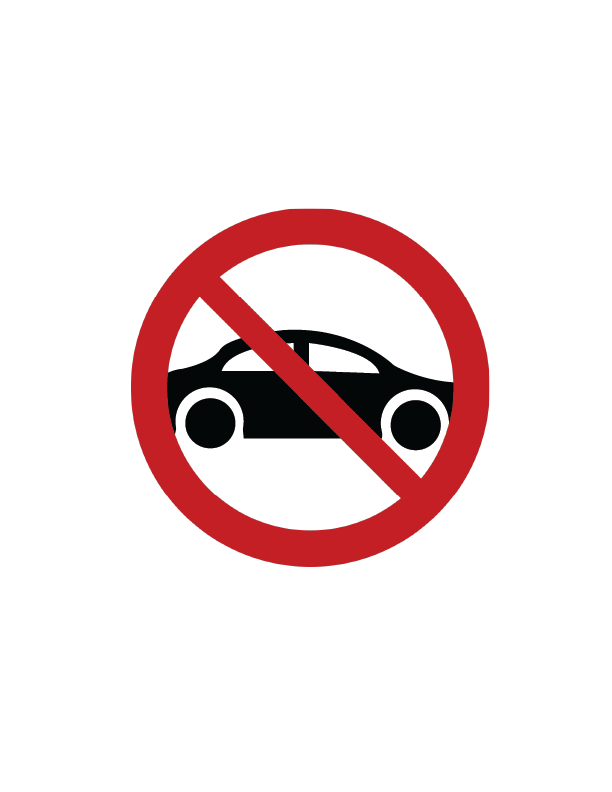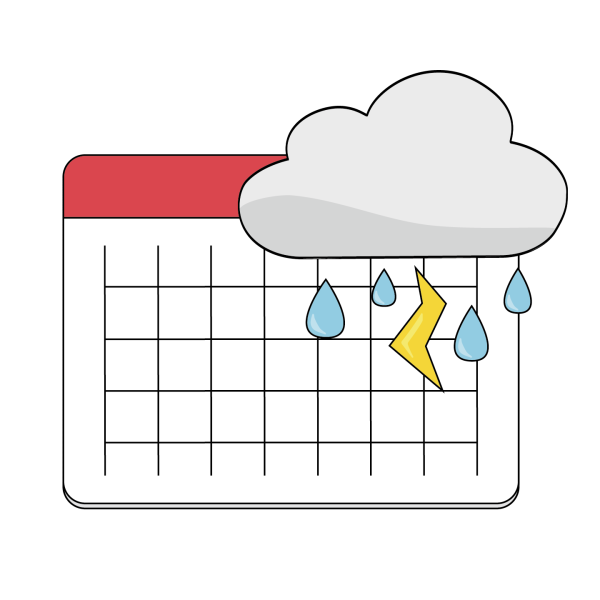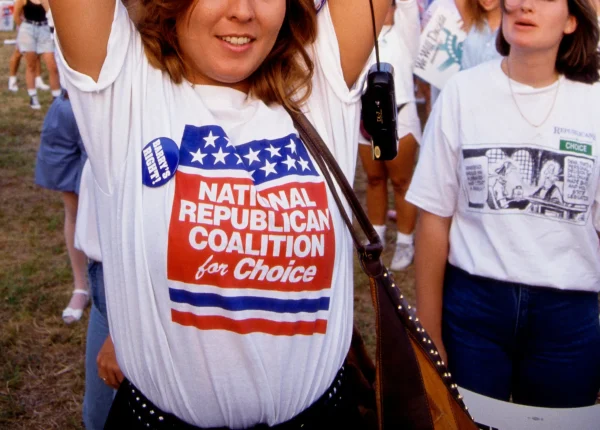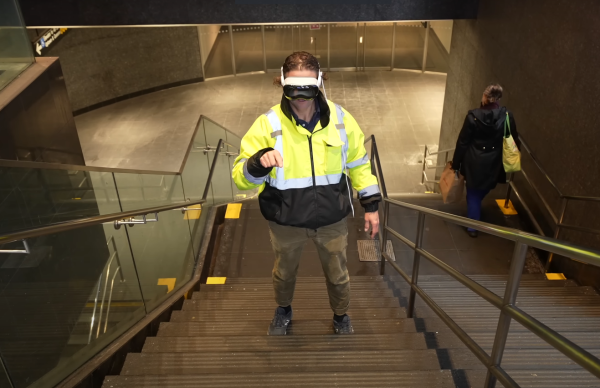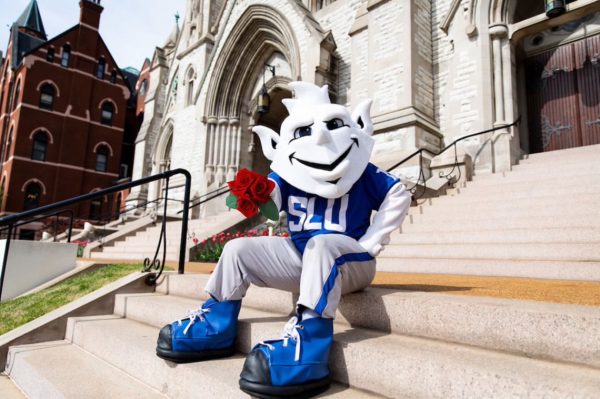Redesigning the City
The Push For More Walkable Neighborhoods
The identities of many Americans are tied to their cars. Whether it be the wealthy business-person and their Mercedes GT-Class, or the soccer mom with her Honda Odyssey, the model of car one drives can reveal a lot about a person.
However, this comes at a significant cost: infrastructure. Building and maintaining roads has proven to be a constant struggle for many municipalities that cannot find adequate funds. Subsequently, the environmental impacts wreak havoc on ecosystems cleared away for development, not to mention the pollution associated with construction and driving. Lastly, racism and class disparities, in conjunction with eminent domain, have laid the foundation for America’s highways by removing people from their homes. With these concerns in mind, Americans’ relationships with their cars must be called into question in order to advocate for better solutions.
The United States has a problem with its infrastructure literally crumbling. Many of our current roads, bridges and tunnels were constructed under FDR’s New Deal program, the Public Works Administration (PWA). At the time, the economy was in shambles from the Great Depression and people were desperate for work. Consequently, FDR created the PWA to not only provide Americans with jobs but also to connect the country and bring it into the modern world. After the PWA disbanded in 1943, many of its projects were neglected and not appropriately maintained. State and local governments buckled under the financial pressure to upkeep these assets, which eventually led to their deterioration. This failure to manage these projects costs taxpayers billions. According to the Cornell Local Roads Program, “Maintenance repairs done early in the life of the pavement are much less expensive,” (Orr 30). It is estimated that for each dollar not spent on preventive and routine maintenance, the price tag quadruples when the road is in need of repair. Such a drastic increase in price, when combined with an exponential decrease in road quality over time, makes the system inefficient and wasteful.
The infrastructure needed for cars also has led to vast environmental degradation. Habitats are cleared to make way for highways, displacing the animals that live there by splitting them from their source of food. These animals, having nowhere else to go, wind up in cities and neighborhoods where they do not belong and can devastate local gardens and other such projects. When searching for food, out of desperation they may turn aggressive and harm humans. The Federal Highway Administration notes how this trend, “Can be detrimental to forest interior species as it may decrease in the amount of available habitat.” Larger animals that usually dwell deep in the forest are more susceptible to the effects of habitat loss as they require more food and have lower reproductive rates than those of smaller organisms. The now increased competition for resources requires them to be bolder and act in unpredictable and even dangerous manners.
It is of very little surprise that race and class are connected with how cars and highways dominate American cityscapes. Eminent domain, the process in which the government buys private land and converts it to public use, is disproportionately used to expel people from their homes after compensating them with “fair market value.” These crumbs are not enough when finding a new home, the hassle of moving and potentially landing a new job are taken into consideration. When asked about the history of America’s highways and their effects on the Black community, Dr. Deborah Archer, a professor at NYU’s Law School, recalls to NPR in an interview, “And so very intentionally, highways were sometimes built right on the formal boundary lines that we saw used during racial zoning,” Building highways through predominantly Black communities effectively prolonged segregation, despite recent rulings labeling the practice as unconstitutional. This problem compounds when people are forced to move, leaving their jobs and livelihood. By splitting up communities and displacing people with limited options, there must be a legitimate form of restitution to rectify these offenses.
The obstacles outlined previously have solutions that can at least help to mitigate the impact that America’s current car infrastructure has on both people and the environment. Changing how Americans view urban planning can help by increasing preventative measures so that the costs do not become as burdensome later. Not only will implementing bike lanes help the environment by emitting less carbon dioxide, but it will also reduce traffic congestion. However, the most important step is improving funding for public transportation. Buses and passenger railways produce significantly less pollution than cars and can fit dozens of more people. While it may not seem as convenient as driving directly from place to place, it is a small sacrifice when compared to the costs associated with building and maintaining the infrastructure for cars to use.
Your donation will support the student journalists of Saint Louis University. Your contribution will help us cover our annual website hosting costs.


